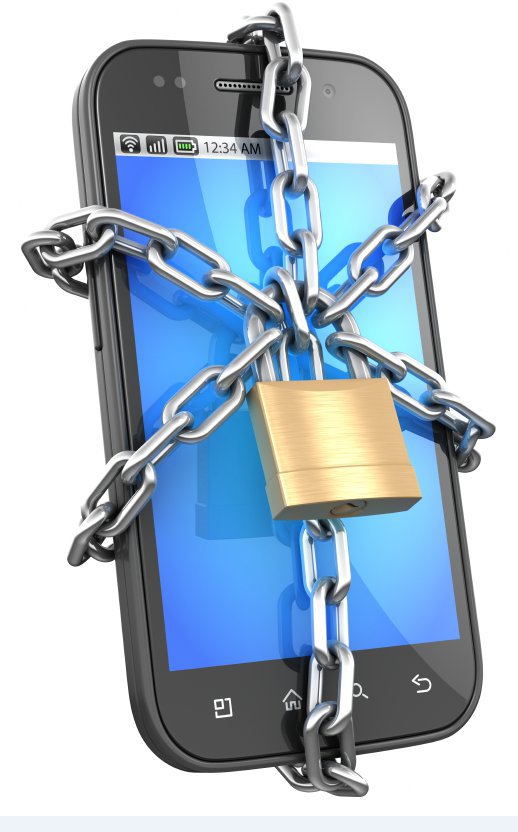
People use their smartphones to do just about everything from banking online to buying stocks and booking travel reservations. Each time we conduct these activities we open up sensitive credit and financial information to thieves. Mobile security is a very important concept for any smartphone user. But what steps should you take and why?
Use the PIN/Passcode Feature
Every smartphone comes with a PIN/Passcode security feature installed. What this feature does is turn the lock screen into an actual lock screen. Pushing the “awake” button and sliding an indicator will not immediately unlock the phone; rather users will be asked to enter a four digit PIN in order to access content on the device.
This is the first and easiest step to take in preventing any random individual from picking up your device around the office, or accessing information on it should the device become lost or stolen. Additional settings allow users to limit the number of entry attempts and even erase data should too many attempts be made to hack the PIN code.
Stay Updated
It may seem like an annoyance to be constantly updating the apps on a device and even upgrading the operating system, but these updates are most often provided because new security measures have been put in place to protect against newly discovered malicious content.
Updating financial apps, storage apps, and the operating system in general provides a device with the most up-to-date knowledge regarding threats and allows it to more effectively protect sensitive data stored within.
Exercise Caution
Just because it is possible to do anything and everything from a smartphone or tablet, doesn’t mean it is always a good idea to do so. Be selective when it comes to online transactions and interactions using a smartphone or tablet.
The more information that is put out there, such as credit card information, bank accounts, login information, and social security numbers, the more information there is for thieves to take and the greater the level of damage they can inflict.
Mobile apps are great for streamlining transactions online, but sometimes using a full web browser with secure login capabilities is safer. App developers, no matter how reputable, occasionally leave loopholes that hackers easily take advantage of.
Have a Game Plan
Walking around under the assumption that a mobile device will never be lost is like walking around with no health insurance and assuming an accident will never occur. There are numerous apps available, many of which are free to download, that can help locate or disable a lost or stolen device. Apps such as Find My iPhone, Lookout, Lost Phone, and Autowipe are among the best for protecting devices should they be lost or stolen.
While those apps are useful preparation in the event a device is lost or stolen, once a device is actually missing the best step to take is to call a mobile provider (in the event a smartphone is lost) and suspending all activity associated with the device. An even better option is to immediately change the login information for any accounts which were accessed using the device, preventing anyone who might have stolen the device from using it to easily access sensitive accounts and information.
Comments are closed.